Cors et callosités
Révision par le Dr Toni Hazell, MRCGPDernière mise à jour par le Dr Colin Tidy, MRCGPDernière mise à jour le 29 décembre 2023
Répond aux besoins du patient lignes directrices éditoriales
- TéléchargerTélécharger
- Partager
- Langue
- Discussion
Les cors et les callosités des pieds sont des zones épaisses de la peau qui peuvent devenir douloureuses. Ils sont causés par une pression ou un frottement excessif sur la peau et peuvent entraîner des problèmes de pied, en particulier lors de la marche. La cause la plus fréquente est le port de chaussures mal adaptées. Une personne qualifiée pour diagnostiquer et traiter les affections du pied (un podologue) peut couper (parer) les cors et les durillons et donner des conseils sur les chaussures, les semelles orthopédiques et les rembourrages afin d'éviter les récidives.
Dans cet article :
Poursuivre la lecture ci-dessous
What are corns?
A corn is a small area of skin which has become thickened due to pressure on it. A corn is roughly round in shape. Corns press into the deeper layers of skin and can be painful.
Hard corns commonly occur on the top of the smaller toes or on the outer side of the little toe. These are the areas where poorly fitted shoes tend to rub most.
Soft corns sometimes form in between the toes, most commonly between the fourth and fifth toes. These are softer because the sweat between the toes keeps them moist, Soft corns can very sometime become infected.
Toe corns
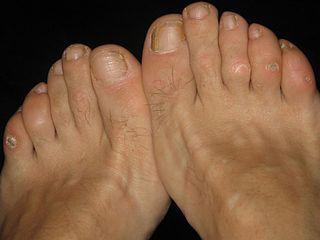
Marionnette, CC BY-SA 3.0, via Wikimedia Commons
What are calluses?
A callus is usually larger and broader than a corn and has a less well-defined edge. These tend to form on the underside of your foot (the sole). They commonly form over the bony area just underneath the toes. This weight bearing area takes much of your weight when walking. They are usually painless but can become painful.
Callus
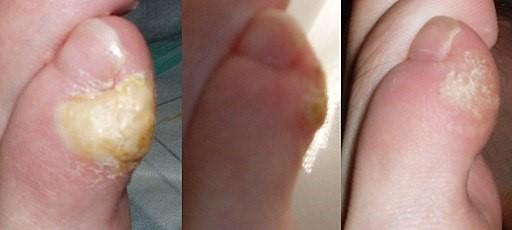
Emilio J. Rodríguez Posada, CC BY-SA 3.0 , via Wikimedia Commons
Poursuivre la lecture ci-dessous
What causes corns and calluses?
The small bones of the toes and feet are broader and more lumpy near to the small joints of the toes. If there is repeated friction or pressure on the skin overlying a small rough area of bone, this will cause the skin to thicken. This may lead to corns or calluses forming.
The common causes of rubbing and pressure are tight or ill-fitting shoes which tend to cause corns on the top of the toes and side of the little toe. Also, too much walking or running which tends to cause calluses on the bottom of the feet (the soles). So participating in sports or activities that involve repeated pressure on the feet this will increase your risk of developing a callus.
Corns and calluses are more likely to develop if you have very prominent bony toes, thin skin, or any deformities of the toes or feet which cause the skin to rub more easily inside shoes. People with bunions are more likely to develop corns and calluses.
How to get rid of corns on feet
If you develop a painful corn or callus it is best to obtain expert advice from a person qualified to diagnose and treat foot disorders (a podiatrist - previously called a chiropodist). You should not cut corns yourself, especially if you are elderly or have diabetes.
Poursuivre la lecture ci-dessous
Treatments for corns and calluses
Treatments such as corn plasters (corn pads) will reduce the pressure on your corn but will not actually treat the corn.
Advice and options to treat corns and calluses include the following:
Trimming (paring down)
The area of thickened skin of a corn or callus can be pared down by a podiatrist by using a scalpel blade. The pain is usually much reduced as the corn or callus is pared down and the pressure on the underlying tissues eased. Sometimes, repeated or regular trimming sessions are needed. Once a corn or callus has been pared down, it may not return if you use good footwear.
If the skin seems to be thickening up again, a recurrence may be prevented by rubbing down the thickening skin with a pumice stone or emery paper once a week. Many people can do this themselves.
It is best to soak your foot in warm water for 20 minutes to soften the thick skin before using a pumice stone or emery paper. A moisturising cream used regularly on a trimmed corn or callus will keep the skin softened and easier to rub down.
Chemical treatment
There are different types of medicated products which work by chemically paring down the thickened, dead skin on corns and calluses. These usually contain salicylic acid, which is also present in many wart-removal products.
Salicylic acid is a keratolytic, which means it dissolves the protein (keratin) that makes up most of both the corn and the thick layer of dead skin which usually tops it. It is important to use these products as directed in the package directions; these products are gentle and safe for most people. Salicylic acid treatments are available in different forms including drops, pads and plasters.
All these treatments will turn the top of your skin white and then you will be able trim or peel away the dead tissue. This results in the corn sticking out less, which will make it less painful.
Although these products can work well, they should not be used if you have diabetes or poor circulation. This is because your skin is less likely to heal well after using salicylic acid and there is a risk that an ulcer may develop.
Shoes and footwear
Tight or ill-fitting shoes are thought to be the main cause of most corns and calluses. Sometimes a rough seam or stitching in a shoe may rub enough to cause a corn. The aim is to wear shoes that reduce pressure and rubbing on the toes and forefeet.
Shoes should have plenty of room for the toes and have soft uppers and low heels. High heels, especially if they are tight fitting, can lead to repeated friction and make corns and calluses worse. In addition, extra width is needed if corns develop on the outer side of the little toe. Extra height is needed if corns develop on the top of abnormal toes such as 'hammer' or 'claw' toes.
Correcting poor footwear will reduce any rubbing or repeated friction on your skin. In many cases, a corn or callus will go away if rubbing or pressure is stopped with improved footwear. If you have had a corn or callus pared away, a recurrence will usually be prevented by wearing good footwear. If you are able, going barefoot when not outdoors will also help.
Some people with abnormalities of their feet or toes will need special shoes to prevent rubbing. A podiatrist can advise you about this.
Footpads and toe protection
Depending on the site of a corn or callus, a cushioning pad or shoe insole may be of benefit. For example, for a callus under the foot, a soft shoe insert may cushion the skin and help the callus to heal.
If there is a corn between your toes, a special sleeve worn around your toe may ease the pressure. A special toe splint may also help to keep your toes apart to allow a corn between toes to heal. A podiatrist will be able to advise you on any appropriate padding, insoles or appliances you may need.
Chirurgie
If you have a foot or toe abnormality causing recurring problems, an operation may be advised if all else fails. For example, an operation may be needed to straighten a deformed toe, or to cut out a part of a bone that is sticking out from a toe and causing problems.
If you need an operation then you will be referred to a surgeon who will be able to discuss this with you in more detail.
What happens if a corn becomes infected?
Occasionally corns or calluses can become infected. If this happens then your corn would become more painful and the skin around the corn (or callus) will become red and sore. Pus may come out of the corn. You should see your GP, who will be able to prescribe antibiotics if necessary.
Sélection de patients pour Autres problèmes de peau
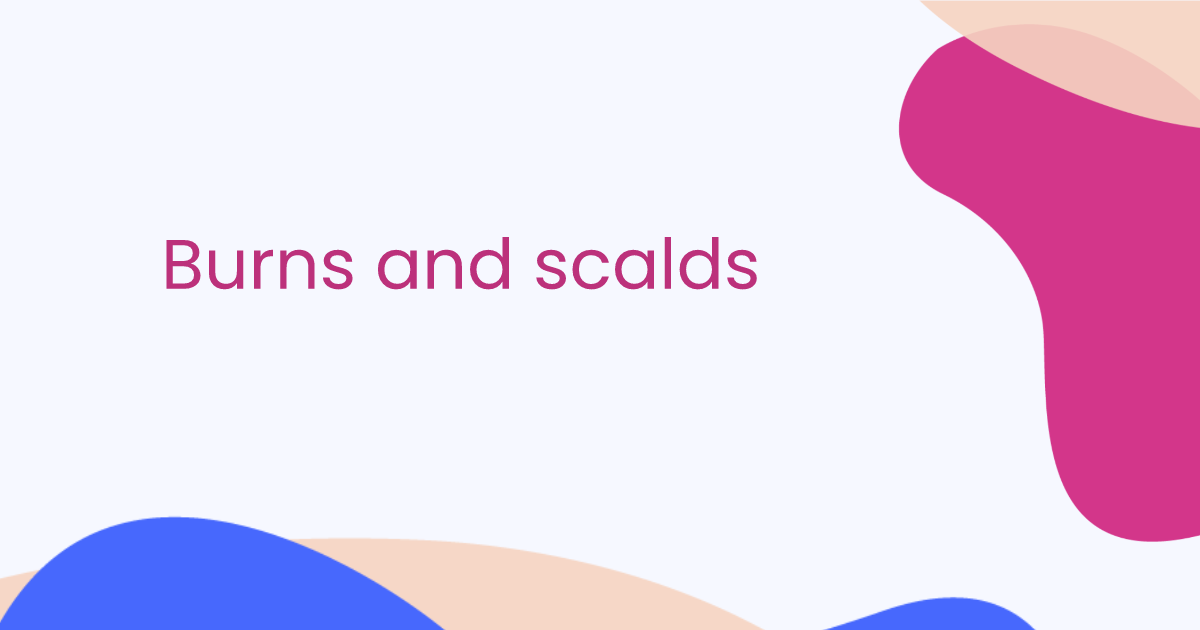
Santé de la peau, des ongles et des cheveux
Brûlures et échaudures
Après une brûlure ou une échaudure, assurez-vous que vous et la personne touchée êtes à l'abri d'autres brûlures ou dangers - puis refroidissez immédiatement la zone brûlée ou échaudée avec de l'eau courante fraîche pendant au moins 20 minutes. Ce dépliant donne également d'autres conseils. La grande majorité des brûlures sont causées par des accidents. Cependant, il arrive que des brûlures soient causées délibérément, en particulier chez les enfants et les adultes vulnérables. Si vous avez des inquiétudes à ce sujet, vous devez le signaler aux autorités compétentes, qui pourront mener une enquête plus approfondie. Vous pouvez le faire de manière anonyme si vous avez peur de laisser votre nom.
par le Dr Toni Hazell, MRCGP
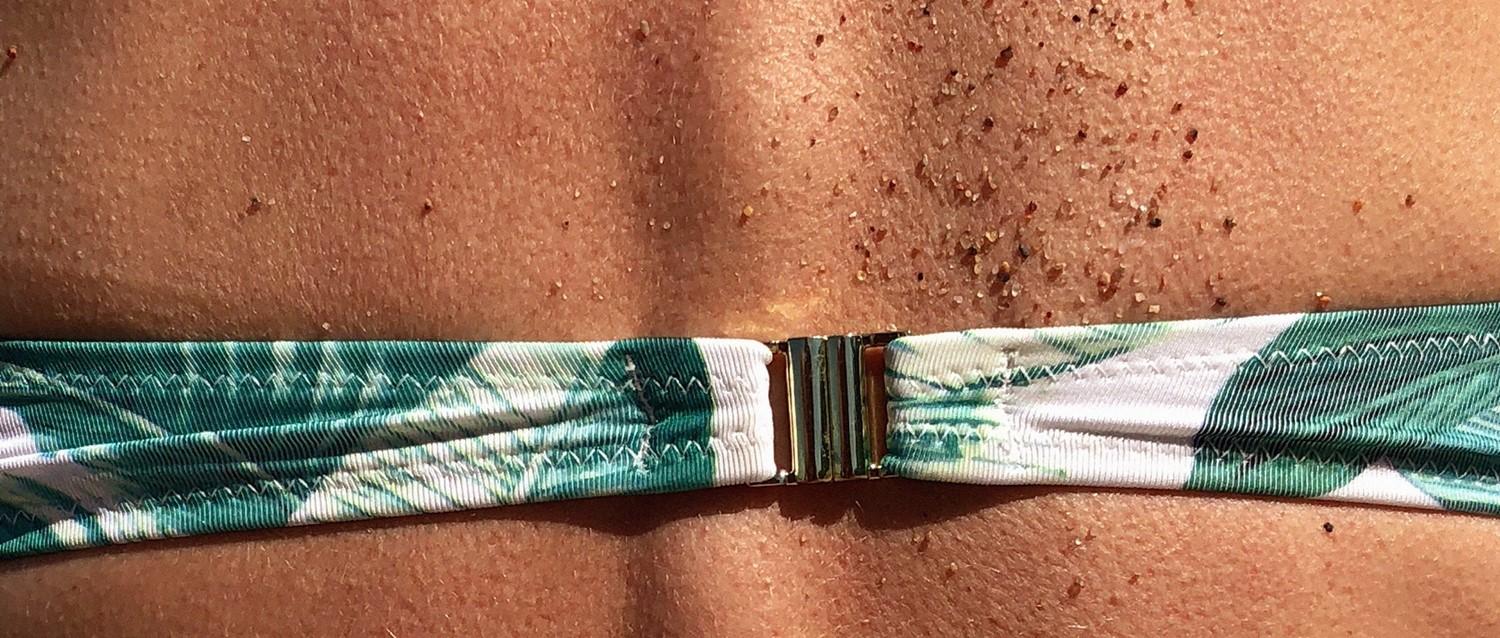
Santé de la peau, des ongles et des cheveux
Soleil et coups de soleil
Ce dépliant présente les risques et les bienfaits du soleil pour la peau. Il donne des conseils sur la manière de profiter du soleil en toute sécurité, afin de vous faire du bien et de réduire les risques de dommages. Il est très important de protéger les enfants du soleil. La peau délicate d'un enfant est plus sensible aux dommages causés par le soleil que celle d'un adulte.
par Dr Caroline Wiggins, MRCGP
Autres lectures et références
- Anderson J, White KG, Kelechi TJ; Managing common foot problems in older adults. J Gerontol Nurs. 2010 Oct;36(10):9-14. doi: 10.3928/00989134-20100831-03. Epub 2010 Sep 22.
- Becker BA, Childress MALes problèmes de pieds les plus courants : Traitements en vente libre et soins à domicile. Am Fam Physician. 2018 Sep 1;98(5):298-303.
Poursuivre la lecture ci-dessous
Historique de l'article
Les informations contenues dans cette page sont rédigées et évaluées par des cliniciens qualifiés.
Prochaine révision prévue : 27 Dec 2028
29 Dec 2023 | Dernière version
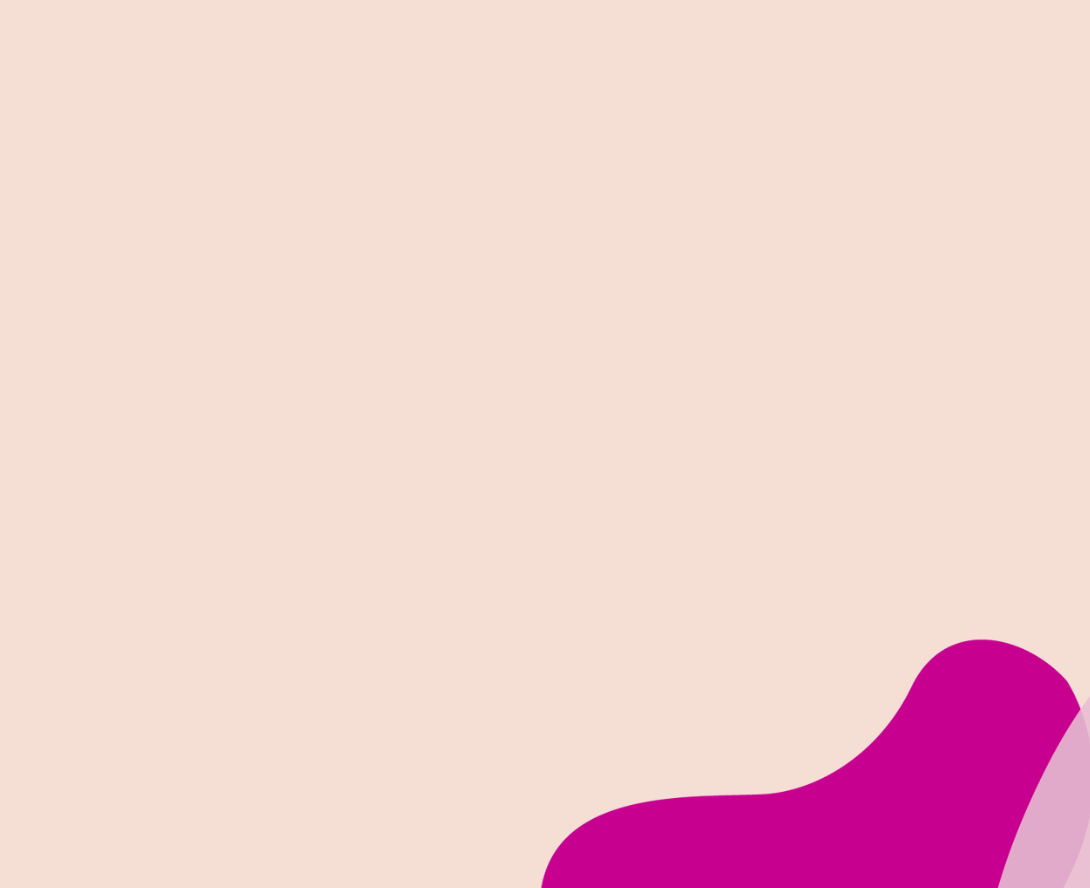
Demandez, partagez, connectez-vous.
Parcourez les discussions, posez des questions et partagez vos expériences sur des centaines de sujets liés à la santé.

Vous ne vous sentez pas bien ?
Évaluez gratuitement vos symptômes en ligne
Sign up to the Patient newsletter
Your weekly dose of clear, trustworthy health advice - written to help you feel informed, confident and in control.
By subscribing you accept our Privacy Policy. You can unsubscribe at any time. We never sell your data.